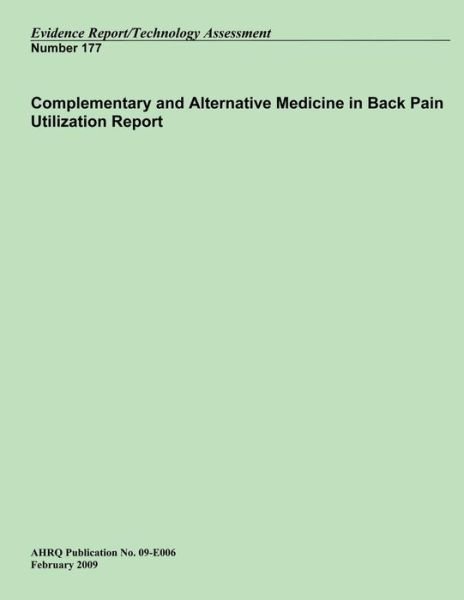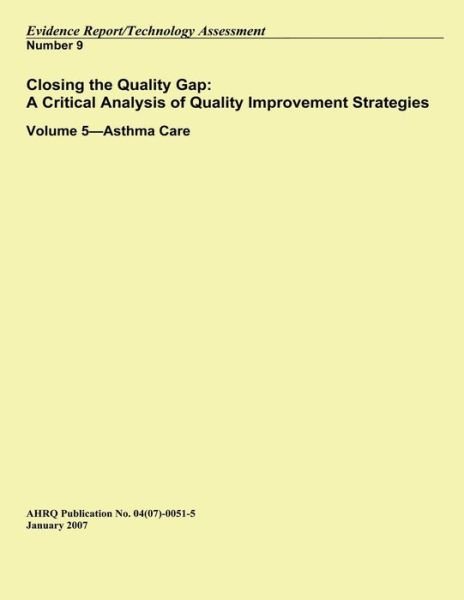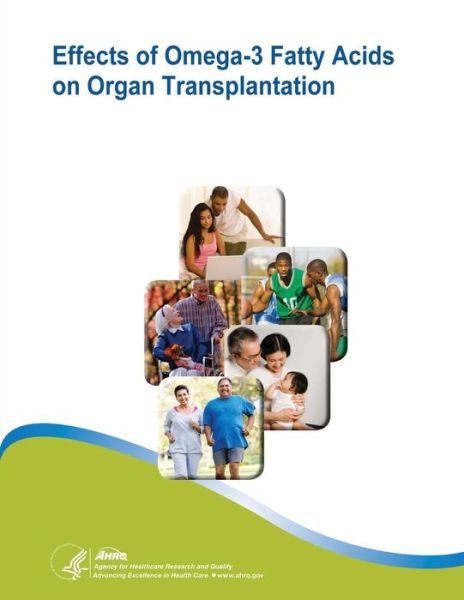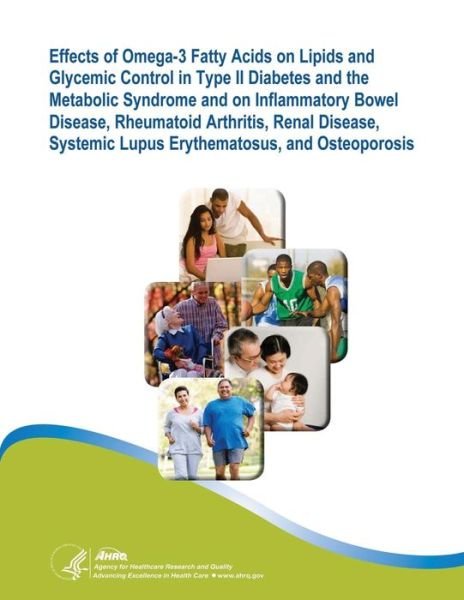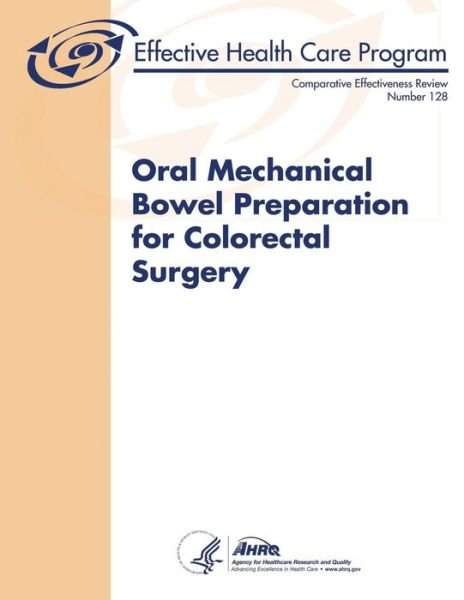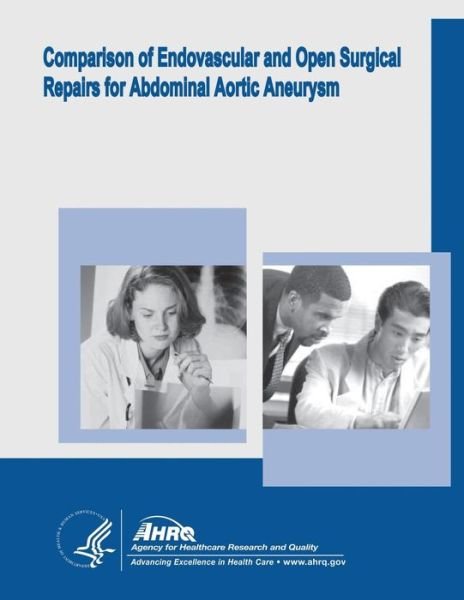
Fortell venner om denne varen:
Pharmacological and Surgical Treatment of Obesity: Evidence Report / Technology Assessment Number 103
U S Department of Healt Human Services
Bestillingsvarer
Pharmacological and Surgical Treatment of Obesity: Evidence Report / Technology Assessment Number 103
U S Department of Healt Human Services
Publisher Marketing: The age-adjusted prevalence of obesity in the United States was 30.5 percent in 1999-2000. Although obtaining a precise estimate of the change in the prevalence of obesity over time is difficult because of changing definitions, nearly all clinical authorities agree that obesity is reaching epidemic proportions. In response, pharmacological and surgical treatments for weight loss have become both more numerous and more commonly used. This report reviews the evidence on such treatments in adults, adolescents, and children. We assess the efficacy and safety of the following medications used for weight loss: sibutramine, orlistat, fluoxetine, phentermine, diethylpropion, bupropion, zonisamide, topiramate, and sertraline. We also assess the efficacy and safety of various types of bariatric surgery for obesity. Most of the medications discussed work by suppressing the appetite. Orlistat is a lipase inhibitor that aids weight loss by reversibly binding to the active center of the enzyme lipase, preventing the digestion and absorption of some dietary fats. Surgical procedures result in weight loss by restricting the size of the stomach or by bypassing a portion of the intestines. Restricting the size of the stomach limits the quantity of food a patient can consume at a single meal. Malabsorptive (bypass) procedures decrease the proportion of nutrients that are absorbed from a meal. Gastric banding achieves weight loss by creating gastric restriction. The uppermost portion of the stomach is encircled by a band to create a gastric pouch. Vertical banded gastroplasty (VBG) and other gastroplasty procedures use the strategy of mechanical restriction to cause weight loss. The upper part of the stomach is stapled to create a narrow gastric inlet or pouch that remains connected with the remainder of the stomach. Roux-en-Y Gastric bypass (RYGB) achieves weight loss through a combination of gastric restriction and malabsorption. Reduction of the stomach to a small gastric pouch results in feelings of satiety following even small meals. In addition, because this small pouch is connected to a segment of the jejunum (which is downstream), thus bypassing the duodenum and very proximal small intestine, absorptive function is reduced.
| Media | Bøker Pocketbok (Bok med mykt omslag og limt rygg) |
| Utgitt | 1. juli 2014 |
| ISBN13 | 9781500373962 |
| Utgivere | Createspace |
| Antall sider | 288 |
| Mål | 216 × 279 × 15 mm · 671 g |
Mer med U S Department of Healt Human Services
Se alt med U S Department of Healt Human Services ( f.eks. Pocketbok )





